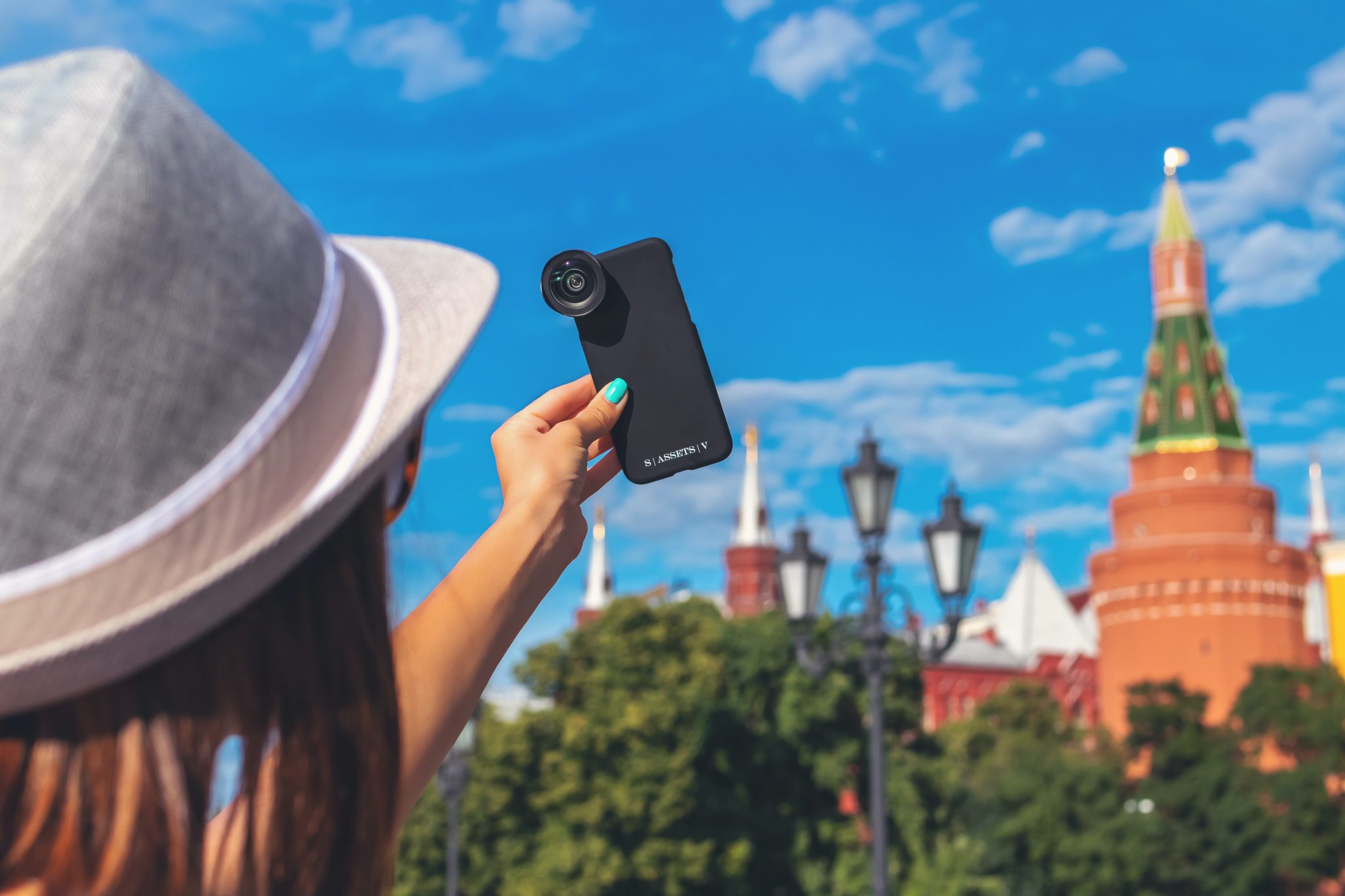I’m really into travel. It’s definitely my “thing” in life, my burning passion and something I try and do as often as physically possible. So far I’ve visited 32 countries (17% of the world, I’m aiming for 50% by 50 years old!) and in 2020, I was due to tick another three new countries off my list and also return to another two favourites of mine. But then COVID happened. . .
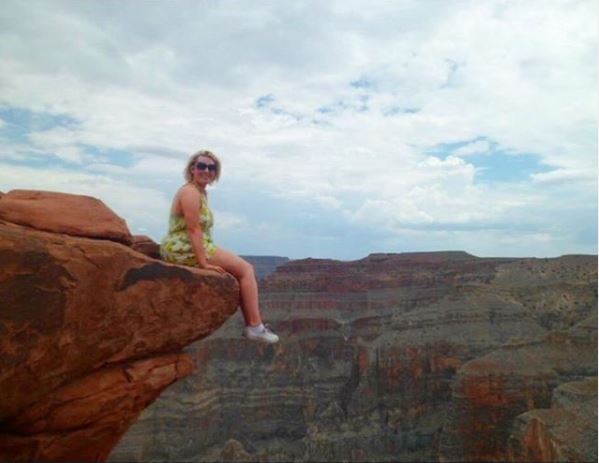
It’s no secret that the travel and tourism industry has perhaps been the most hardest hit in the pandemic – and during this long, long seven months, social media has been vital for consumers, suppliers, workforce and partners to remain engaged with each other.
For travel brands worldwide, social media has been the primary tool to maintain contact with customers all over the globe, as they swap new route promotions and flash sales for a good old healthy dose of “#inspo”, looking to simultaneously generate wanderlust and (rightly) remind us of the recovery on the horizon when we’ll all be able to flash our passports once again. TUI’s “Welcome back to holidays” campaign is a prime example of a brand looking to tap into the nostalgia of travel and the fond memories made on foreign soil:
User generated content (UGC) has also played a huge role for both brand and consumer. For brands, using customer content to highlight unvarnished previous personal experiences has become invaluable at remaining prominent in customers minds, and for consumers, UGC is great content that can be used for a cheeky little #TBT to brighten up their Instagram feed – guilty as charged with that one . .
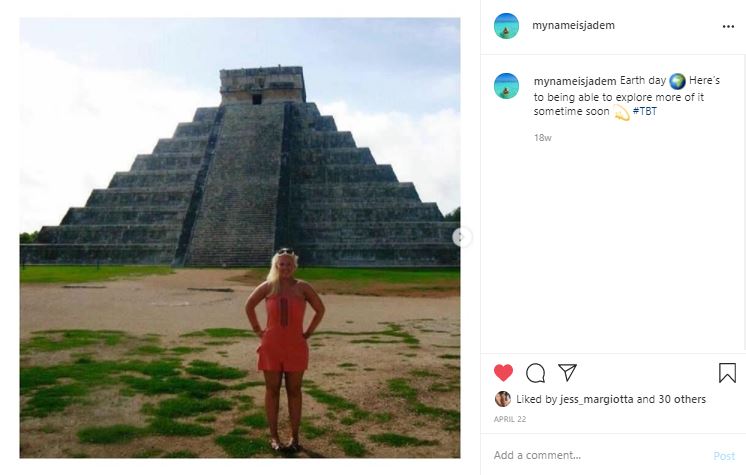
UGC should be something that should be a vital tactic for any travel business going forward – as social media users continue to champion the authenticity of UGC, it will play a huge role in persuading people to pack their suitcases and board a plane once more. After all, there’s nothing like a little unhealthy dose of FOMO to drive conversions – if all your family and friends start to post holiday snaps, wouldn’t it make you that bit more likely to book a jaunt away yourself?
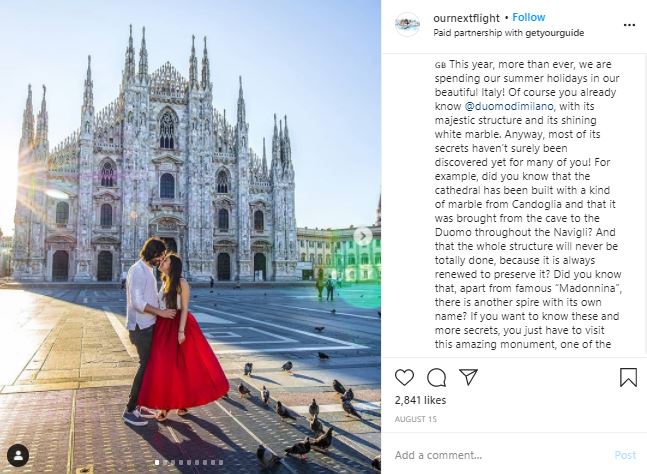
Influencers will also continue to be a crucial route for travel brands to access the younger generations that frequent platforms such as Instagram and TikTok. Instagram is the new travel guide, and the travel related content provides consumers with non-stop inspiration. But social media’s pulling power goes much further than helping users decide where to travel – user are now turning to influencer’s YouTube vlogs and IGTV’s for the latest buzz on when to jet off, how to get there and what to expect when they arrive. This will only increase now the unfamiliarity of travel under COVID19 raises more questions than ever before – indeed, even Government have clocked onto this approach, paying social media stars such as Chris Hughes and Josh Denzel to promote the NHS Test and Trace scheme.
Some key travel trends to emerge from Instagram in 2019 included a growth in the luxury travel market and a much bigger focus on responsible tourism – and whilst all bets are off as to what will happen in the remainder of 2020, my money would be on an (unsurprising) focus on travel safety measures and hyper-flexible bookings to ease nerves and ease people into travelling abroad once more.
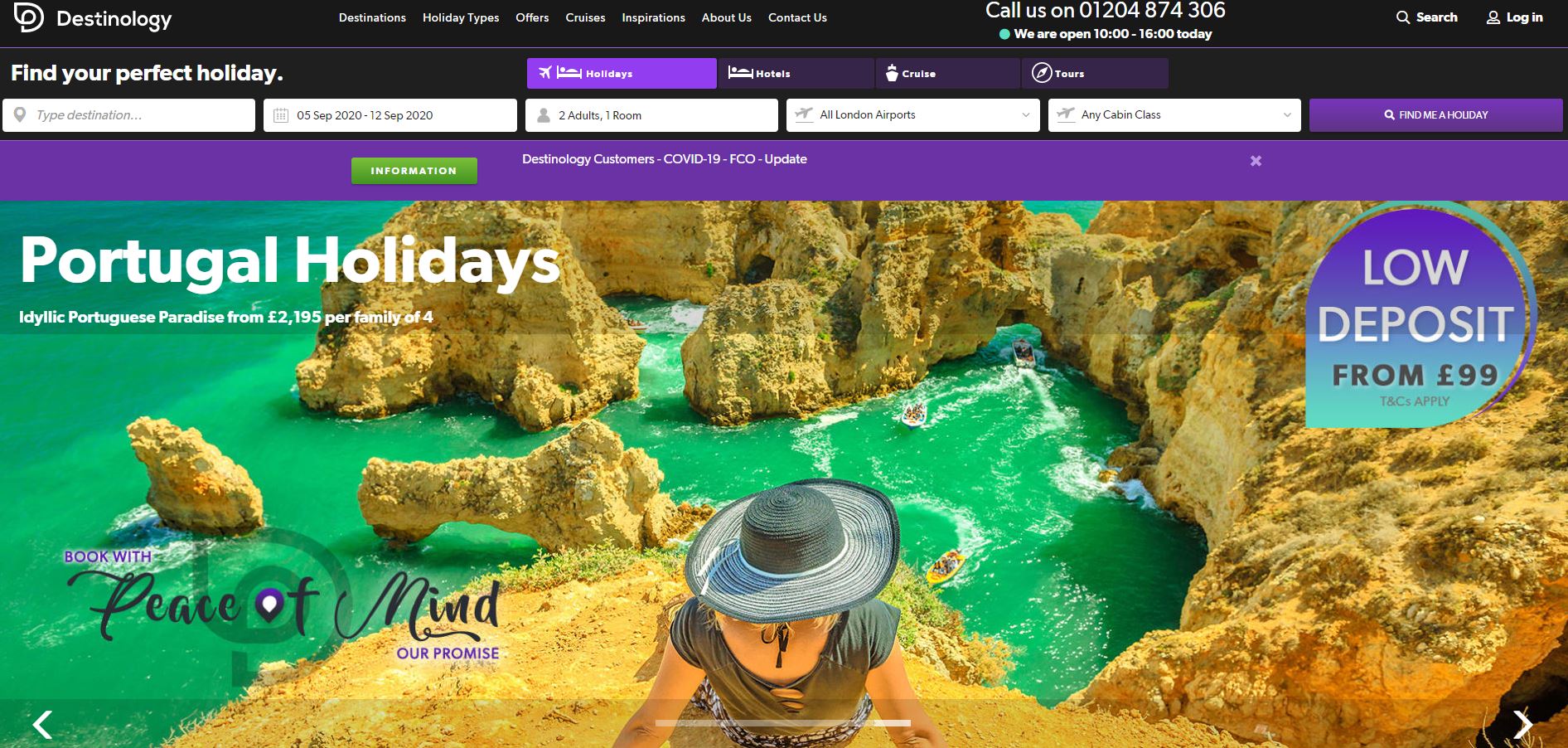
As for me? I’m hoping to jet off twice later this year – and if I do get to Greece and Mauritius, I’ll be adding to the #wanderlust content with a few snaps on the ‘gram. If I don’t, there’s always a steady stream of #roamtheplanet photos to swoon over in the meantime . .

